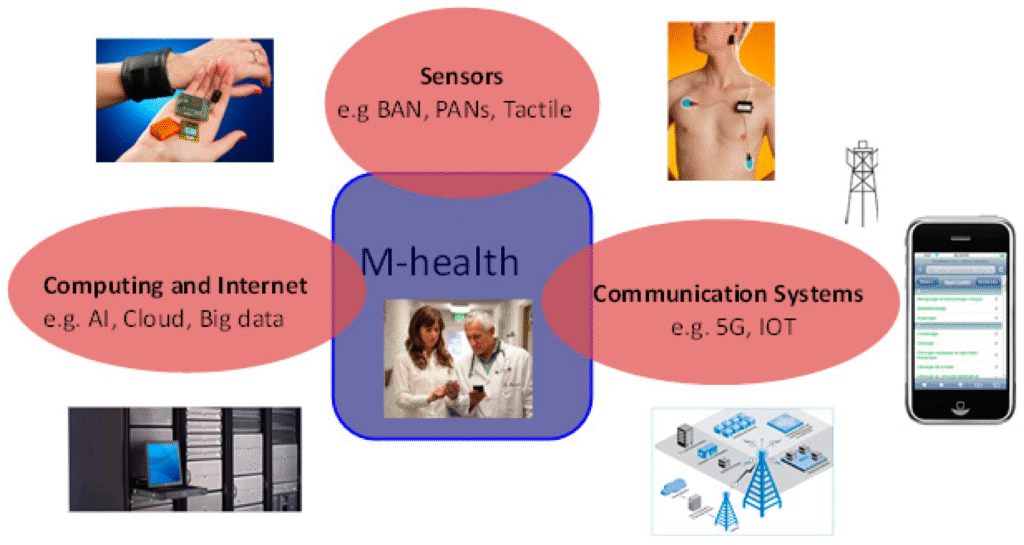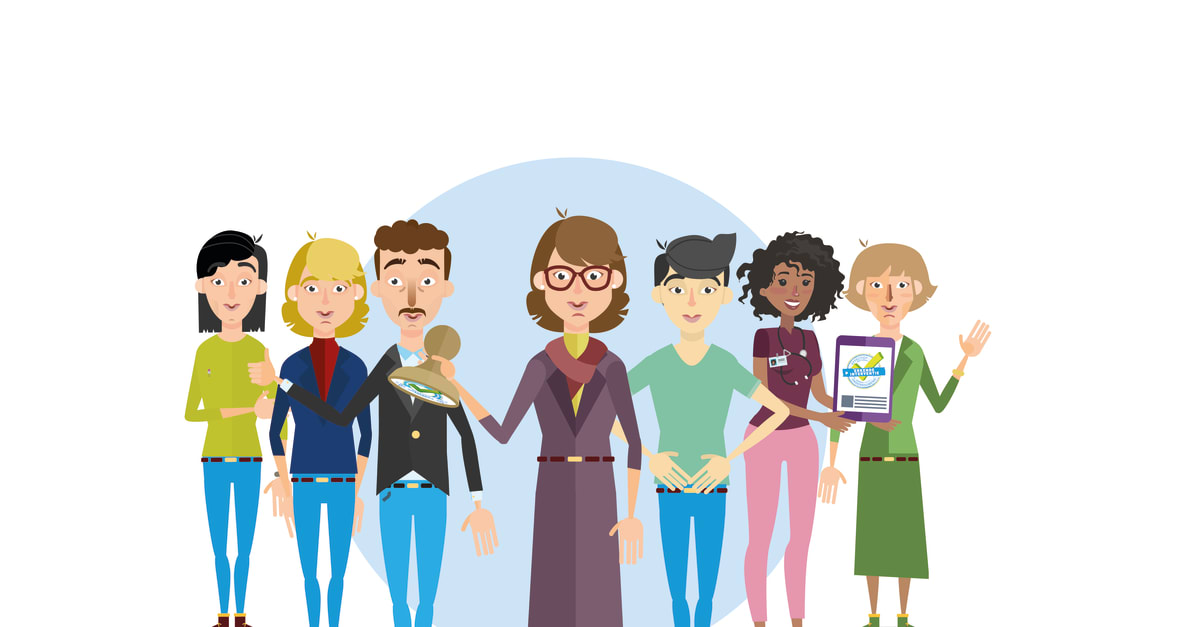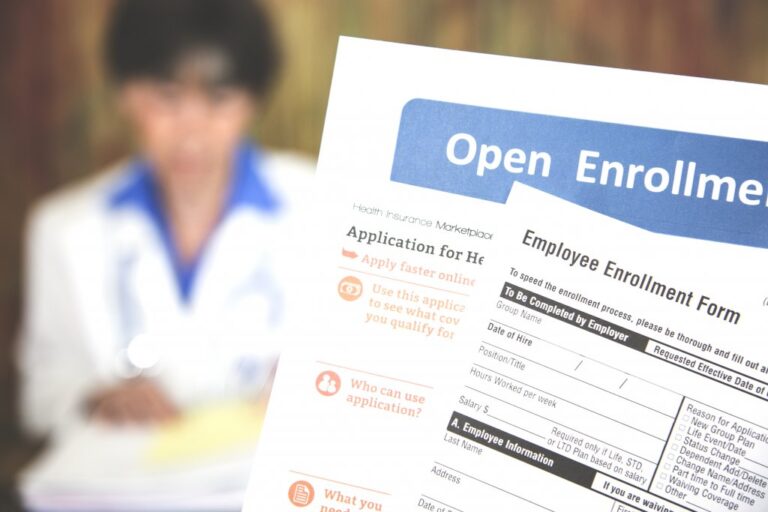Which of the Following is Not True About Mobile Health?
Mobile health, often referred to as mHealth, is an innovative approach to healthcare delivery that leverages mobile devices, apps, and wireless technology to improve patient outcomes, enhance communication, and increase accessibility. While mHealth has transformed the way people interact with healthcare providers and track their wellness, there are still misconceptions surrounding its use.
In this article, we’ll break down what mobile health really is, explore its benefits, address common myths, and highlight which statements are not true about mobile health.
Understanding Mobile Health (mHealth)
Mobile health involves the use of smartphones, tablets, wearables, and mobile applications to support medical care, disease management, and wellness monitoring. Examples include fitness trackers, telehealth apps, medication reminder tools, and platforms for remote consultations.
The main goal of mHealth is to make healthcare more accessible, efficient, and cost-effective while empowering individuals to take control of their health.
Common Truths About Mobile Health
Before pointing out what is not true, let’s highlight some widely accepted truths:
1. Improves Accessibility
mHealth allows patients to consult doctors remotely, making healthcare accessible even in rural or underserved areas.
2. Supports Preventive Care
Mobile apps can track steps, heart rate, sleep, and diet, helping users maintain healthier lifestyles.
3. Cost-Effective for Patients and Providers
By reducing unnecessary hospital visits and enabling remote monitoring, mobile health helps save time and money.
4. Enhances Patient Engagement
Patients using mHealth tools are more likely to stay consistent with treatments and wellness routines.
Which of the Following is NOT True About Mobile Health?

Despite its advantages, some statements about mobile health are not accurate. Here are a few misconceptions:
❌ 1. Mobile Health Can Fully Replace Doctors
Mobile health is a support tool, not a substitute for professional healthcare. While it assists in monitoring and communication, it cannot replace in-person diagnosis, surgeries, or emergency care.
❌ 2. Mobile Health Is 100% Accurate
Not all apps or wearable devices provide perfect accuracy. They should be used as supportive tools rather than the sole basis for medical decisions.
❌ 3. Mobile Health Is Only for Tech-Savvy Users
Many assume that mHealth is only useful for younger, tech-savvy individuals. In reality, apps and devices are being designed to be user-friendly for all age groups, including seniors.
❌ 4. Mobile Health Poses No Privacy Risks
While mHealth improves care, it also involves sensitive patient data. Without strong cybersecurity and compliance with HIPAA or GDPR, there can be privacy risks.
The Real Picture: Balanced Use of mHealth
Mobile health is a powerful supplement to traditional healthcare, but not a cure-all. Patients, doctors, and app developers must work together to maximize its benefits while addressing limitations such as data security, digital literacy, and reliance on technology.
FAQs About Mobile Health
Q1. What is mobile health mainly used for?
Mobile health is primarily used for remote patient monitoring, telemedicine, fitness tracking, medication reminders, and health education.
Q2. Can mobile health apps diagnose diseases?
No, they cannot provide definitive diagnoses. They can assist in tracking symptoms and offering guidance but should not replace professional evaluation.
Q3. Is mobile health safe to use?
Yes, when apps and devices comply with medical standards and data protection regulations, mobile health is safe and reliable.
Q4. Who benefits most from mobile health?
Patients with chronic conditions, people in remote locations, and individuals seeking preventive care benefit the most from mHealth solutions.
Q5. What is the biggest challenge with mobile health?
The major challenge is ensuring data privacy and security, along with addressing the digital divide for those with limited access to technology.
Conclusion
Mobile health is transforming the healthcare landscape by making it more accessible, cost-effective, and patient-centered. However, misconceptions still exist. The most important point to remember is that mHealth complements traditional healthcare but does not replace it. By understanding both the truths and myths about mobile health, patients and providers can use it effectively to improve overall health outcomes.






